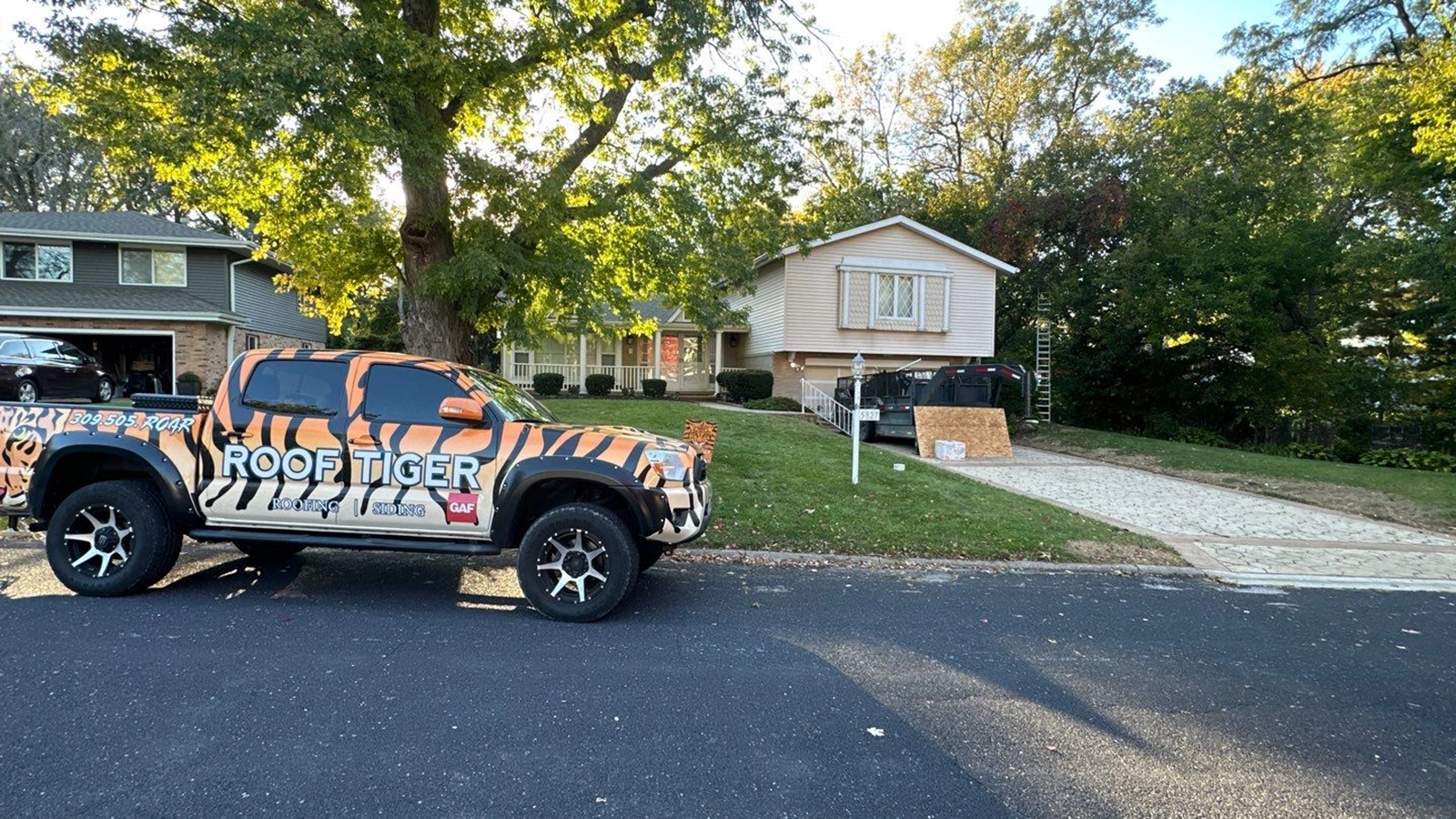
Whether you live near a busy street or your attic is prone to leaking, improper roof ventilation can do more than ruin your ceiling it can ruin your home. A poorly vented attic can collect moisture and increase the risk of mold growth and structural damage to the entire building. This guide will give you some great tips on how to keep your roof properly ventilated so that you can prevent your whole house from falling apart.
What Is Roof Ventilation?
Roof ventilation is a system of intake and exhaust vents that provide air circulation to keep a home’s ecosystem comfortable.
A home without ventilation will quickly become unbearable in the summer and cold in the winter. The best way to avoid this is to have a properly ventilated home. This can be achieved through the use of roof vents on your home. A variety of factors need consideration when installing roof ventilators, so consult with a professional before doing anything yourself.
So What’s The Best Way To Improve Roof Ventilation?
There are many ways to do so, and each home will have its own unique set of needs and demands. Whether you’re looking to improve the airflow in your attics or extend the lifespan of your roof with increased ventilation, there are many options to choose from.
Types of Roofing Ventilation Systems
Exhaust Vents
Ride Vents: Ridge vents are installed at a roof intersection, typically at the top of the roof. This makes it an easy addition to the roofing process and a significant value-add to your home improvement project.
Wind Turbines: Wind turbines are attached to the outside of the roof. This type of roof vent is designed to catch the wind and airflow in its turbines and cycle the hot air out of the home as it replaces it with the cooler wind.
Box Vents: Although box vents serve the same purposes as other roof ventilation systems, they are more noticeable because of their design. The “box” that these vents make is usually made of metal and can often be seen from the ground.
Power Attic Ventilator: You should probably use a power attic ventilator if you have a house that doesn’t get much wind exposure. This will ensure your roof is getting the ventilation it needs. Because it’s electric, this option will run continuously to make sure your roof gets the ventilation it deserves.
Intake Vents
Intake vents installed under soffits or shingles near the drip edge by gutters can strengthen the airflow process and prevent house overheating. While exhaust vents cycle the hot air out of the attic, intake vents bring the cool air back in.
Let ROOF TIGER Find The Best Ventilation System For You
ROOF TIGER will install an energy-efficient roof ventilation system that’s customized to enhance airflow, reduce moisture buildup, and reduce energy consumption — all the while keeping you and your home safe from the elements. ROOF TIGER focuses on helping homeowners in Peoria, IL get the most value from their roof by providing exceptional roofing services and following proper roof ventilation tips.

